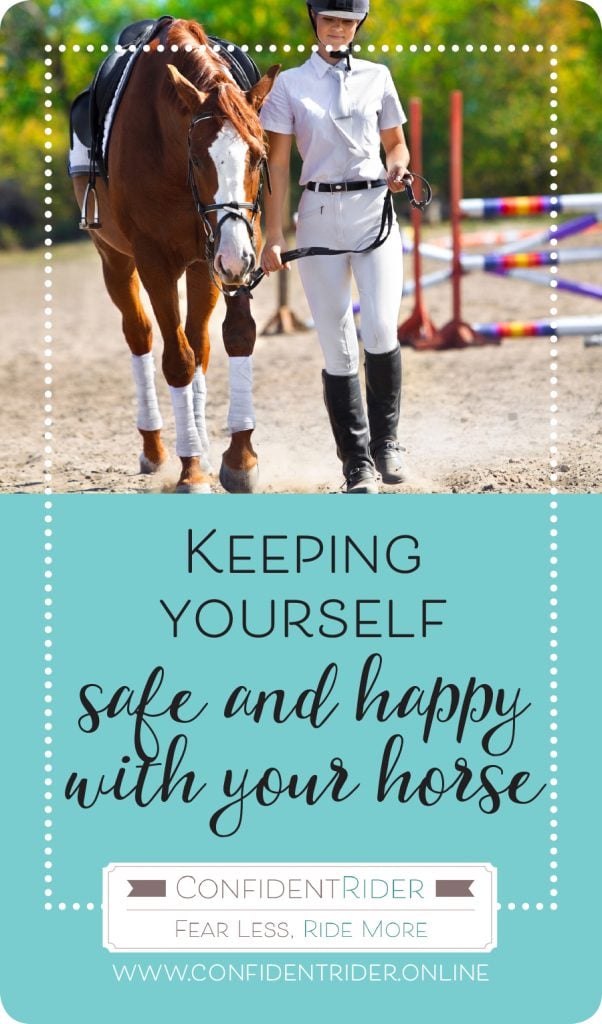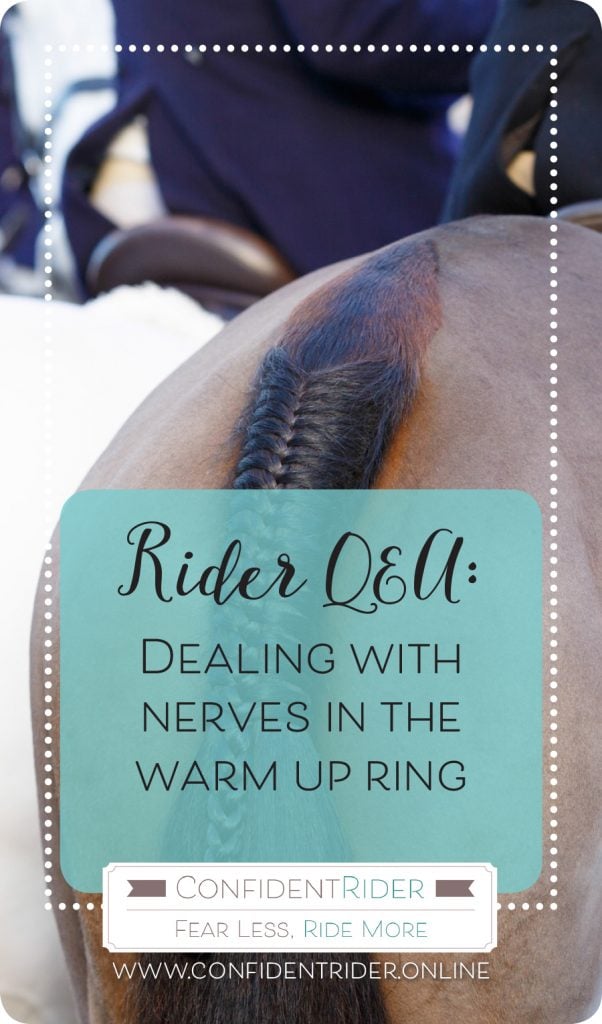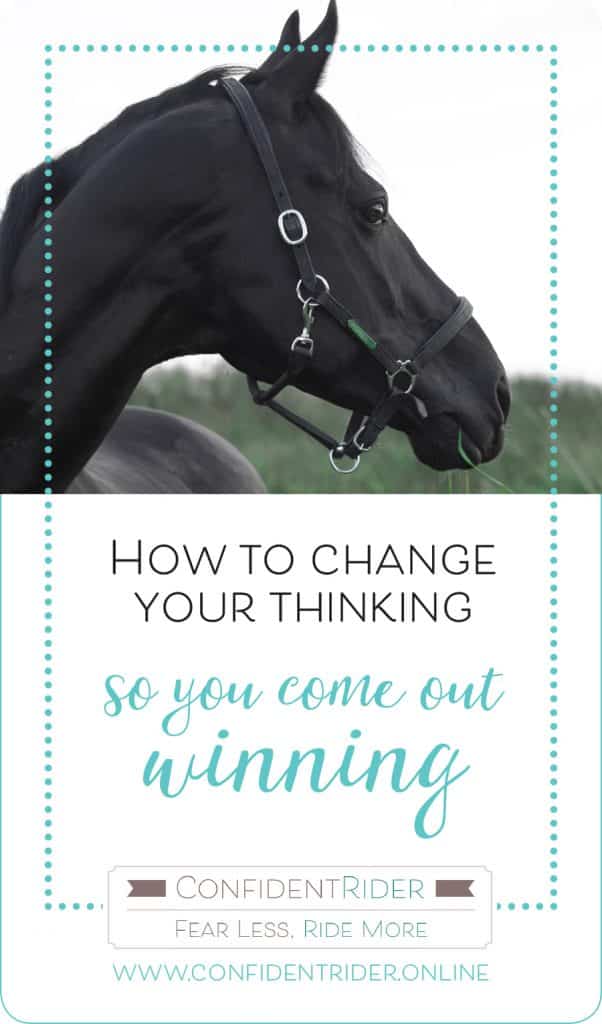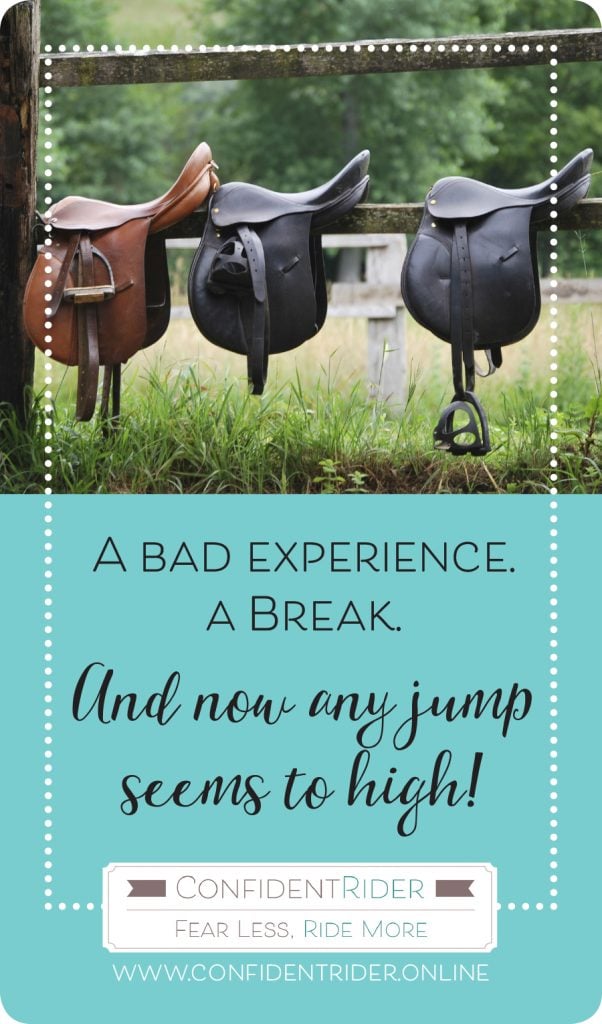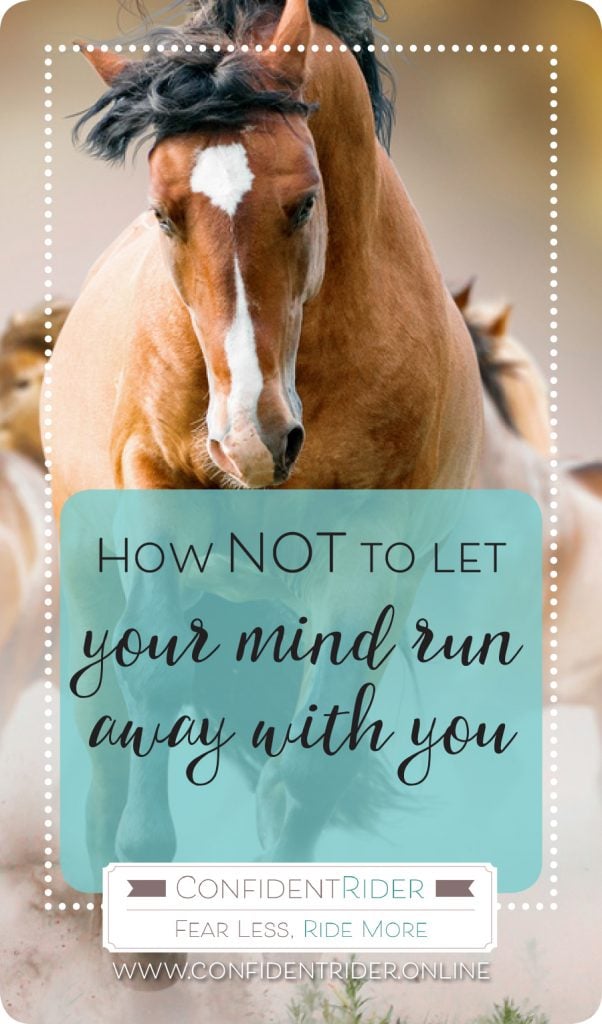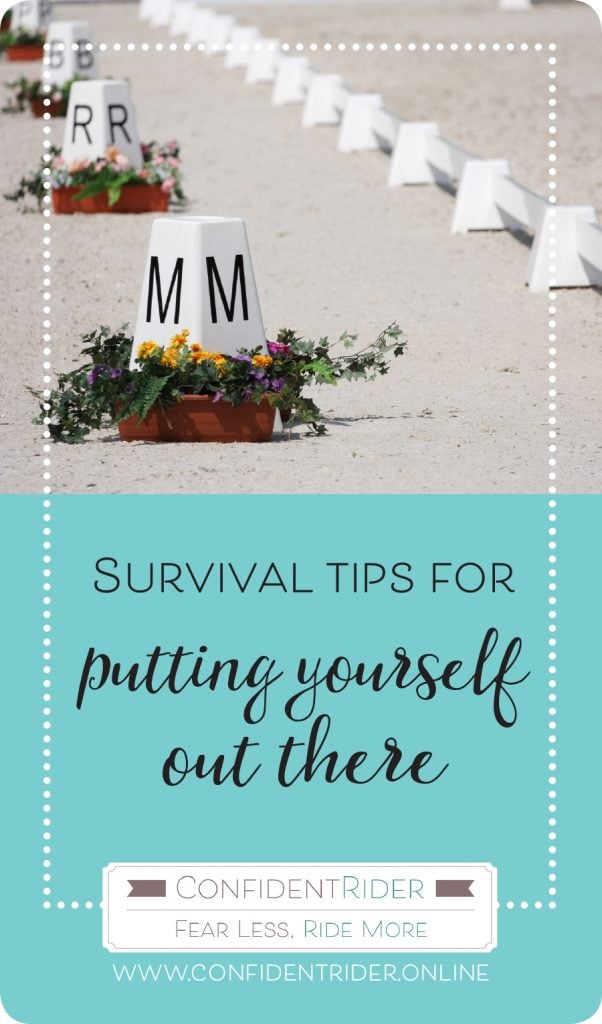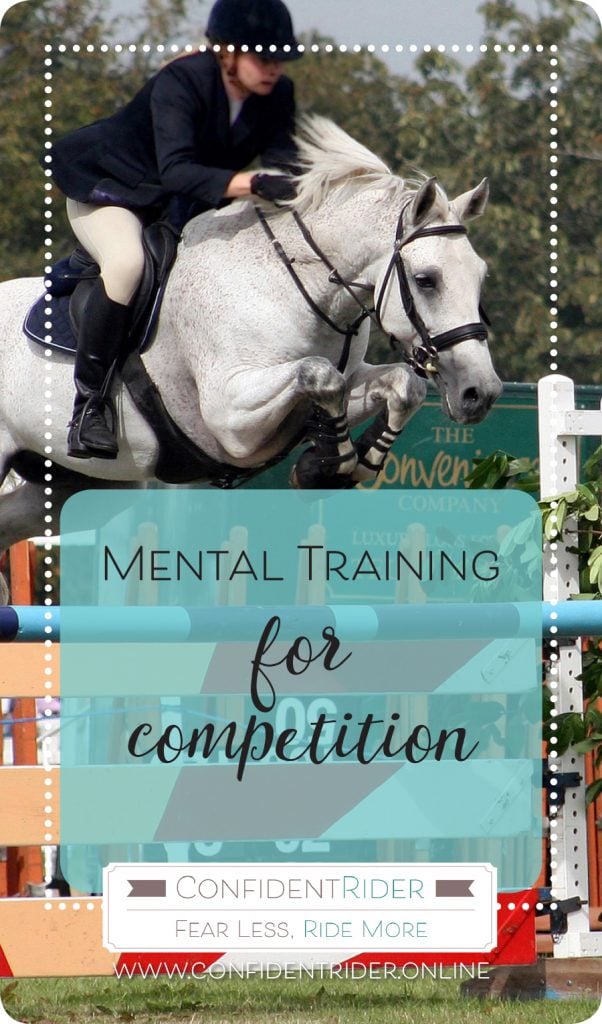Earth to Planet Confidence? Can you hear me?
Confidence issues. They are the Captain KillJoy to our Super Hero selves. You don’t have to be a psychology expert to know that confidence- or a lack of it- affects every aspect of our lives, and obviously has a huge affect on how we conduct ourselves in the saddle. I thought in this particular post we could go all Keanu Reeves (I’ll probably bust out some sweet moves as I’m writing), dive into the matrix and have a good poke around inside the workings of our mind and how we can use it to our best advantage when cultivating confidence.
Ready? Excellent. Let’s get in there.
Now you have entered the inner workings of your brain space, you will notice that it is operating in two distinct parts. You may not have seen them before from this exact angle, but you will recognize them when I tell you that they are the conscious and the unconscious (or subconscious) mind. I know it’s a surprise to realise that the conscious mind is actually really small. You don’t have to worry- this is not an indicator of your intelligence- it’s just that the conscious mind actually only occupies a very small part of the overall mind-scape, even if it is the area that we are the most familiar with. If you imagine for a moment that you are floating on a canoe on a lake, the canoe would represent the conscious mind, and the lake your unconscious mind. It’s important (obviously) but it’s only a tiny slither of what’s around us (or inside us, as the case may be).
Anyway, back to the mind. Your conscious mind is communication headquarters. It sends out to the world everything that you wish to communicate, and also controls your inner dialogue, the little voice inside your head that speaks to you. It’s Captain Communicator, sending out into the universe everything that the unconscious mind commands.
If you would step into your unconscious mind, you would notice it to be a huge storehouse of all your memories and experiences. Everything that you see in here is malleable- it can be extracted, molded and shaped in a thousand different ways, but the shapes that they form for us join hands with Captain Communicator and come out on the other side as our habits, behaviors and beliefs. It uses all of the information that it has stored to make sense of all the incoming data that you receive from the world, with its primary job being to keep you safe and ensure your survival.
You will also notice that between the unconscious and conscious minds there is a filter. This filter is made up of two layers; your belief systems and your focus. Your belief systems and your focus are hard at work picking through the storehouse of past memories and experiences and then using them to give meaning to your present circumstance. This filter system is the most powerful mechanism you have at your disposal to determine your reality. Essentially, whatever you choose to focus on, you give meaning too, and as soon as you assign meaning, you assign power. Your consequent experience only becomes positive or negative as a direct result of your focus, which has the power to lift you up and propel you forward, or bring you down.
If you have shaped your identity or associate strongly to the idea that you are an unconfident rider- you might believe that you aren’t good enough, or that you don’t have what it takes- then this belief will inform your focus. Our minds always seek to make our external reality congruent with our internal world. It wants them to match up. Consequently, if you believe that you aren’t good enough, your filter system begin to search through all of the resources of your unconscious mind to support your assertion and presents them to the conscious mind in defense of your case.
Your focus will rally to support the cause also. Believe you aren’t good enough? *** rubs hands together *** let’s see what meaning we can attach to all our your present and future experiences show you how true this is! A training rider that didn’t go to plan then becomes a reflection of your inability as a rider, a personal blight as opposed to something that is able to be worked through and constructively used to your advantage. After all, seeing things differently or focusing on a different possibility would go against your belief system, and the mind most certainly doesn’t want that. We want the inside and outside to match remember!
Think about it in terms of your own experience; if you are a rider who identifies with having confidence issues, do you sway towards being positive or negative, pessimistic or optimistic when it comes to assessing your riding and your future possibilities?
The ability of your conscious mind to direct attention and awareness is one of your ultimate super-powers. In order to create confidence, you must learn to control what it is that you are focusing on, and the actual skill of directing your focus comes down to reprogramming your belief systems and a single, ongoing decision to control your focus; deciding how and what you will think and consciously directing your thoughts in a way that creates positive meaning, action and momentum.
Becoming confident riders starts at this point- by recognizing the belief systems that limit us and understanding the ways that we allow them to inform our focus, and consequently, our reality. The key to the Confidence Vault comes with your ability to attach an empowering meaning to any given situation and adopt a new belief. No belief need be permanent. They are self-created entities- the only power they hold is the power that we assign them.
xx Jane
